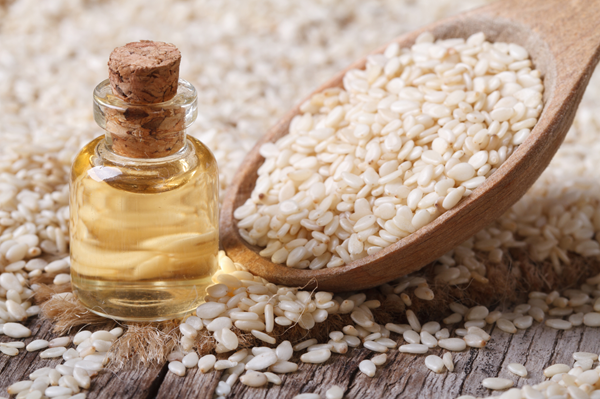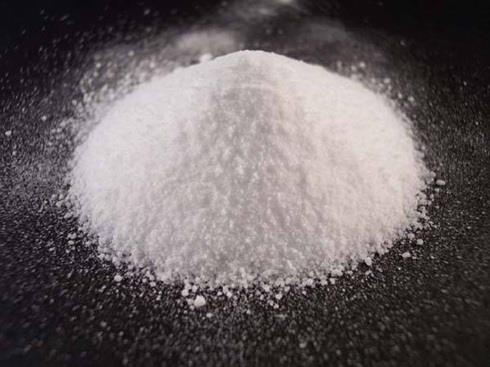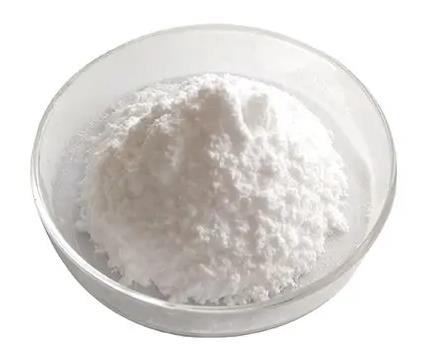Synthesis and Bioactivity of Sesamol
Sesamol is a natural organic compound found in sesame seeds and sesame oil, characterized by its anti-inflammatory, antioxidant, antidepressant, and neuroprotective properties. This white crystalline phenol derivative is sparingly soluble in water but miscible with most oils and can be synthesized from heliotropine. It serves as an effective antioxidant and antifungal agent, helping prevent oil spoilage. Additionally, sesamol is utilized in the synthesis of pharmaceuticals such as paroxetine, and its antidepressant-like mechanisms have been linked to modulation of brain nerve growth factor and endocannabinoid signaling, regulated by CB1 receptors.
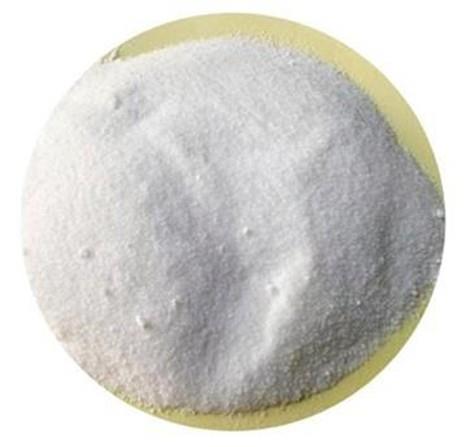
Figure 1: The Picture of Sesamol
General Description
Sesame seeds have been authenticated for its medicinal value in both Chinese and Indian systems of medicine. Its numerous potential nutritional benefits are attributed to its main bioactive constituents, sesamol. As a result of those studies, several molecular mechanisms are emerging describing the pleiotropic biological effects of sesamol. Several molecular mechanisms have been elucidated describing the pleiotropic biological effects of sesamol. Its major therapeutic effects have been elicited in managing oxidative and inflammatory conditions, metabolic syndrome and mood disorders. Further, compelling evidence reflected the ability of sesamol in inhibiting proliferation of the inflammatory cell, prevention of invasion and angiogenesis via affecting multiple molecular targets and downstream mechanisms. Sesamol is a safe, non-toxic chemical that mediates anti-inflammatory effects by down-regulating the transcription of inflammatory markers such as cytokines, redox status, protein kinases, and enzymes that promote inflammation. In addition, sesamol also induces apoptosis in cancer cells via mitochondrial and receptor-mediated pathways, as well as activation of caspase cascades. [1]
Synthesis
Sesamol can be synthesized through three primary technical routes: extraction from sesame oil, total synthesis using piperonamine as a raw material, and semi-synthesis starting from heliotropine. The extraction of sesamol from sesame oil is not suitable for industrial production due to high solvent consumption and cost. The total synthesis route from piperonamine involves diazotization and hydrolysis, which results in low sesamol yield; furthermore, the inevitable coupling side reactions during these processes generate colored impurities that are difficult to remove, leading to poor product color and limited application. In contrast, the semi-synthesis route starting from heliotropine is the most viable for industrial application, producing sesamol with excellent quality and color. This semi-synthetic process consists of two main steps: oxidation and hydrolysis. In the technology developed in this project, a low-cost oxidant is employed along with a reaction-extraction technique that rapidly removes the formed sesamol from the reaction zone. This approach significantly suppresses side reactions, achieving a yield of over 60% and a product purity of 98%. The final sesamol obtained is an off-white crystalline solid.
Bioactivity
Antioxidant Properties
Sesamol, a natural functional food factor, exhibits significant antioxidant activity. When added at concentrations exceeding 50 mg/kg, it effectively inhibits lipid oxidation in oils. Through its antioxidant capacity, sesamol extends the shelf life of pork, improves meat quality, and prevents oxidative deterioration in beef during storage. Furthermore, studies demonstrate that combining double-layer packaging with sesamol synergistically inhibits color changes, lipid peroxidation, and volatile compound loss in both raw and cooked turkey breast, thereby achieving preservation effects.
Anti-Tumor Activity
Research indicates that sesamol concentration-dependently suppresses the growth of human leukemia cells and induces apoptosis, while showing no adverse effects on normal cells. [2]
Free Radical Scavenging
Free radicals are highly reactive molecules with unpaired electrons in their outer orbitals, including peroxyl radicals (ROO·), superoxide anions (O₂⁻·), hydroxyl radicals (OH·), singlet oxygen (¹O₂), and nitric oxide (NO). Under physiological conditions, a dynamic balance exists between free radical generation and clearance. Disruption of this equilibrium leads to oxidative damage in organisms, contributing to various diseases and accelerated aging. Sesamol demonstrates exceptionally strong scavenging activity against peroxyl radicals, outperforming both carotene and glutathione. It also exhibits notable free radical scavenging capabilities against hydroxyl radicals (OH·), nitric oxide (NO·), and superoxide anions (O₂·), with efficacy comparable to that of vitamin C. Furthermore, sesamol effectively inhibits the generation of hydroxyl radicals and superoxide anions, thereby helping to regulate oxidative stress conditions and mitigate liver function impairment in organisms.[3]
Reference
[1] Amin F. Majdalawieh, Sesamol, a major lignan in sesame seeds (Sesamum indicum): Anti-cancer properties and mechanisms of action, European Journal of Pharmacology, 2019, 855, 75-89.
[2] Majdalawieh A F, Sesamol, a major lignan in sesame seeds (Sesamum indicum): Anti-cancer properties and mechanisms of action[J]. European journal of pharmacology, 2019, 855: 75-89.
[3] Joshi R, et al. Free radical reactions and antioxidant activities of sesamol: pulse radiolytic and biochemical studies[J]. Journal of Agricultural and Food Chemistry, 2005, 53: 2696-2703.
Related articles And Qustion
See also
Lastest Price from Sesamol manufacturers
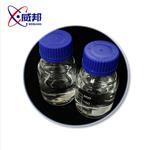
US $1.00/KG2025-04-21
- CAS:
- 533-31-3
- Min. Order:
- 1KG
- Purity:
- 99%
- Supply Ability:
- 10 mt
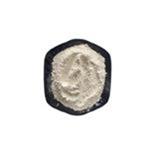
US $6.00/kg2025-04-21
- CAS:
- 533-31-3
- Min. Order:
- 1kg
- Purity:
- 99%
- Supply Ability:
- 2000KG/Month

